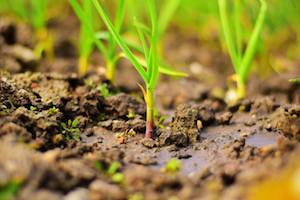Paul Jasa, University of Nebraska-Lincoln extension engineer, recently shared some insight for tackling harvest ruts and erosion gullies. Last autumn when the soil was wet, harvest equipment left ruts behind. Runoff from storms created rills and gullies in many fields, leaving producers with rough terrain to tackle. Now, Jasa says that producers will need to evaluate soil moisture conditions as spring rolls on.
Compaction from harvest equipment cannot be broken up with spring tillage, according to Jasa. Although the soil may appear to be dry on the surface, it’s typically too wet at tillage depth to reduce compaction. For this reason, deep tillage should be delayed until after harvest.
Jasa also says that producers should wait as long as possible for soil to dry before lightly tilling very shallow to fill in and smooth ruts or gullies. Additional compaction may occur if tillage is carried out on wet, deep soils.
When it comes to ruts or gullies, Jasa says that a light disking or field cultivation at an angle can be an effective way to fill in deep ones. Seeding a cover crop over some gullies can also help anchor the soil, especially on sloping terrain.
As for residue, Jasa suggests leaving as much residue standing in the field as possible. Standing residue can be one of the more effective ways to protect soil from forces of wind.
For more insight into tackling gullies and ruts this season, visit the University of Nebraska-Lincoln Cropwatch website at cropwatch.unl.edu.
